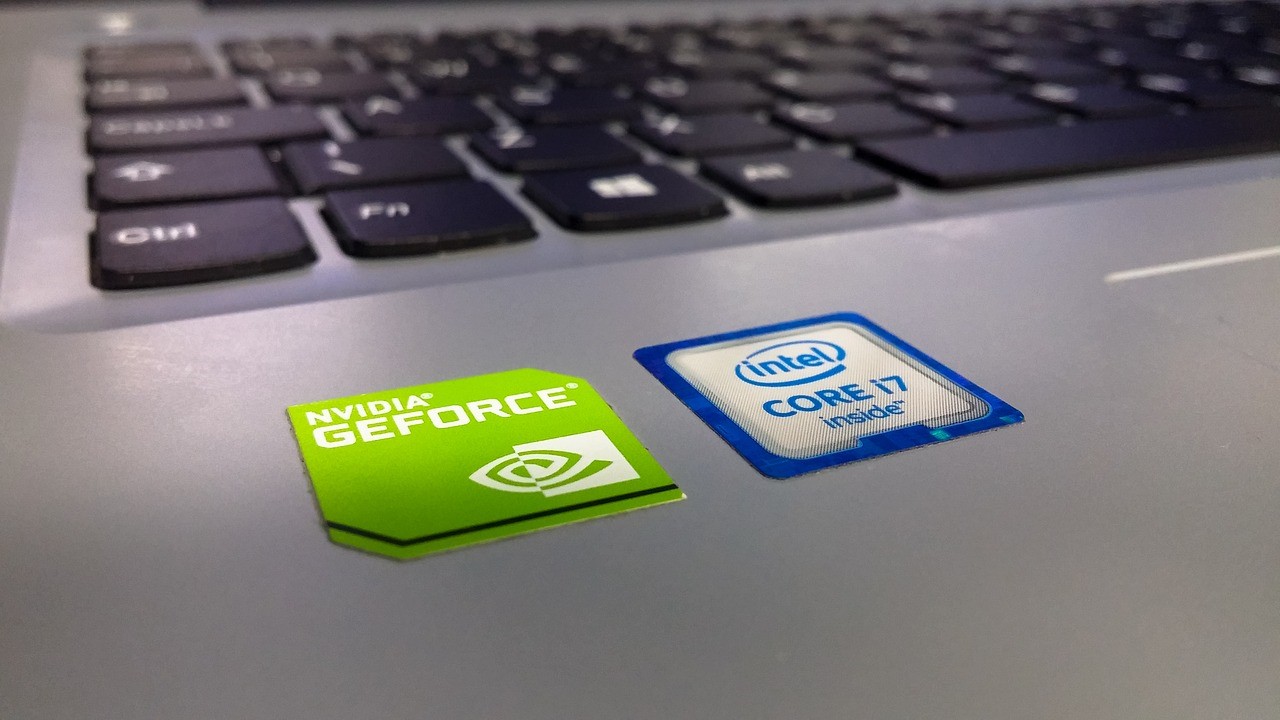
By Heather Hamilton, contributing writer
Intel announced last Monday that they will begin producing processors with embedded AMD GPUs, which, as Ars Technica points out, would seem to indicate a positive relationship between the two processor companies. And then, just a day later, AMD announced the departure of chief GPU architect Raja Koduri. Finally, just a day after that, a news release from Intel revealed that he would be joining their team as the senior vice president of a new group. The new division, called Core and Visual Computing, will allow Intel to expand their graphics reach from integrated units to discrete GPUs.
Prior to his career at AMD, where he headed up the Radeon Technologies Group, which held responsibility for AMD’s discrete and integrated GPUs, Koduri was director of graphics technology at Apple. There, The Verge reports that he assisted in transitioning to Retina displays for Macs between 2009 and 2013.
Intel’s existing integrated graphic chips service the wider PC and laptop audience, accounting for 60% to 75% of the graphics market. Digital Trends writes that Intel’s interest in graphics comes from a desire to present a package that is as complete as their competitors, in part because companies like Dell want a one-stop shop — a single chip that does everything. And, while Intel’s partnership with AMD offers a temporary solution, there isn’t a lot of longevity there.
Despite the billions of dollars that Intel invests in research and their industry positioning as silicon experts, Intel has never established itself as a leader in graphics, a position increasingly important as GPUs increasingly become the dominant driving force behind machine learning. Koduri sees it as an “opportunity to drive a unified architecture vision across [Intel’s] world-leading IP portfolio that helps accelerate the data revolution.” With Koduri’s help, Intel may join AMD and Nvidia as an industry leader, preparing itself to compete in GPU-powered machine learning.
If Koduri is helping Intel to develop a brand new architecture, the public probably won’t lay eyes on it for at least four years, but they may choose to expand existing Gen architecture, which would be a much faster process. They may also choose to expand and then rebuild, allowing us to reap the fruits of their labor both now and later.
In the news release, Intel writes, “We have exciting plans to aggressively expand our computing and graphics capabilities and build on our very strong and broad differentiated IP foundation. With Raja at the helm of our Core and Visual Computing Group, we will add to our portfolio and unmatched capabilities, advance our strategy to lead in computing and graphics, and ultimately be the driving force of the data revolution.” Time will tell.
Sources: Ars Technica, Intel, The Verge, Digital Trends
Advertisement





